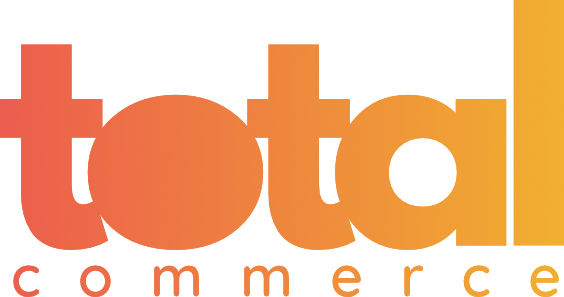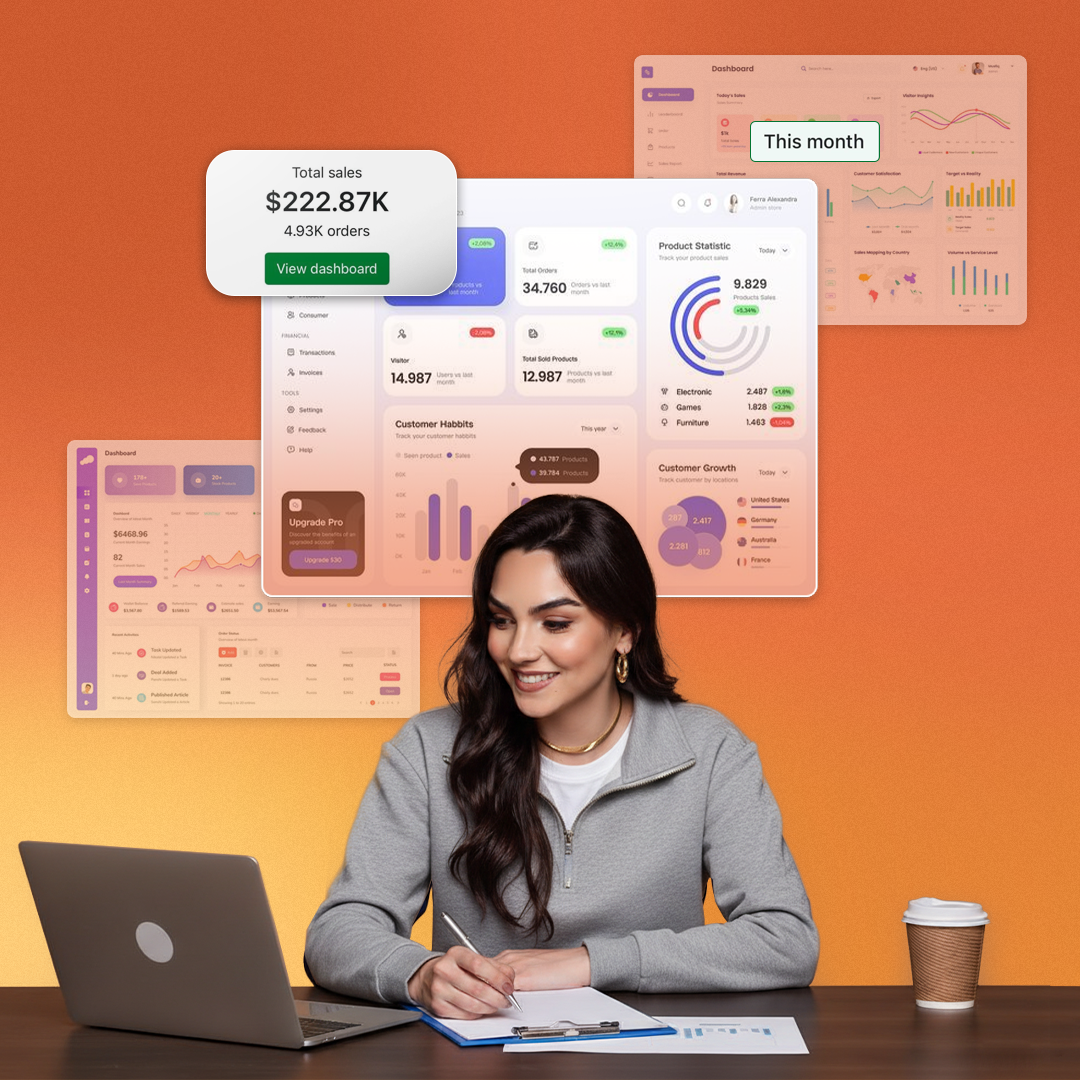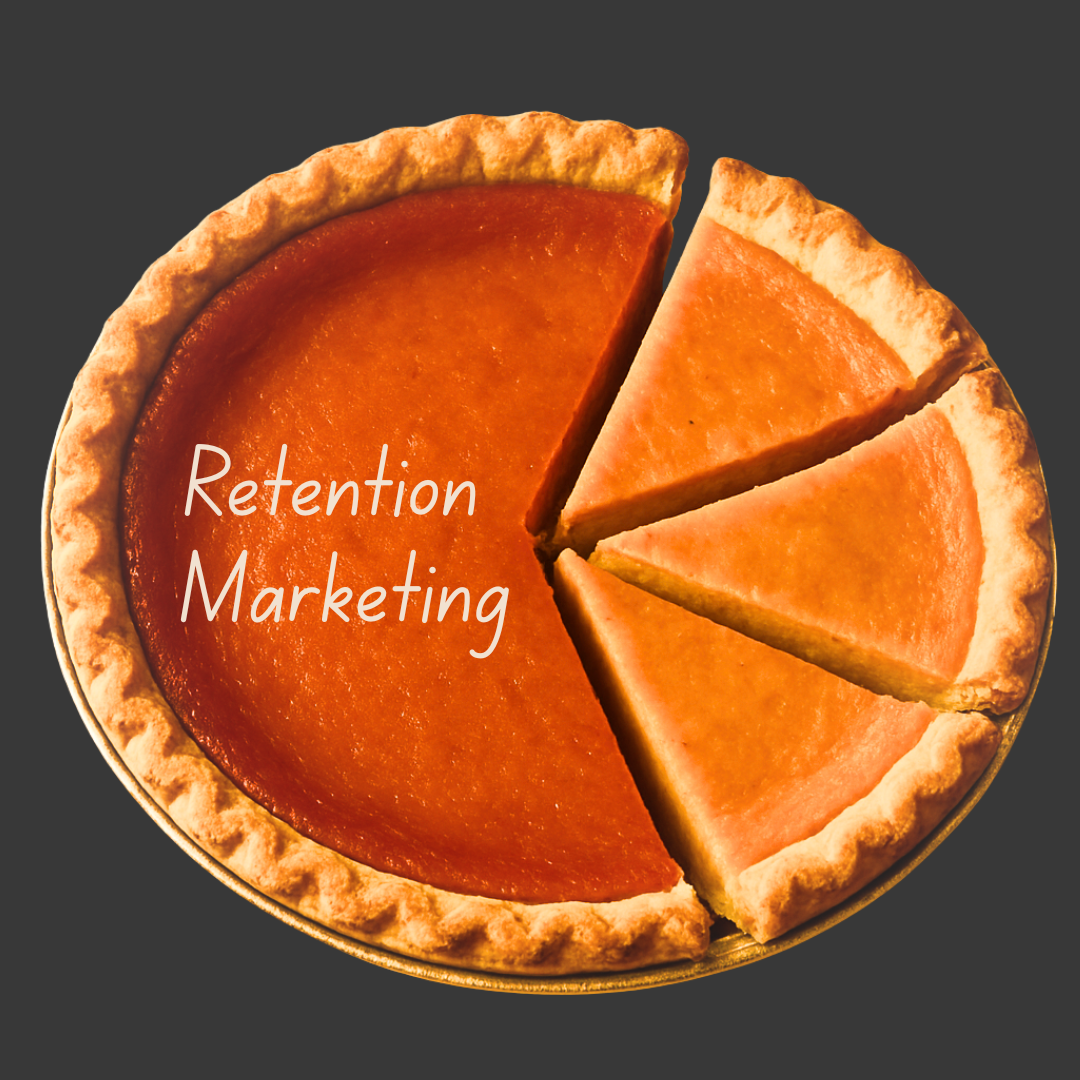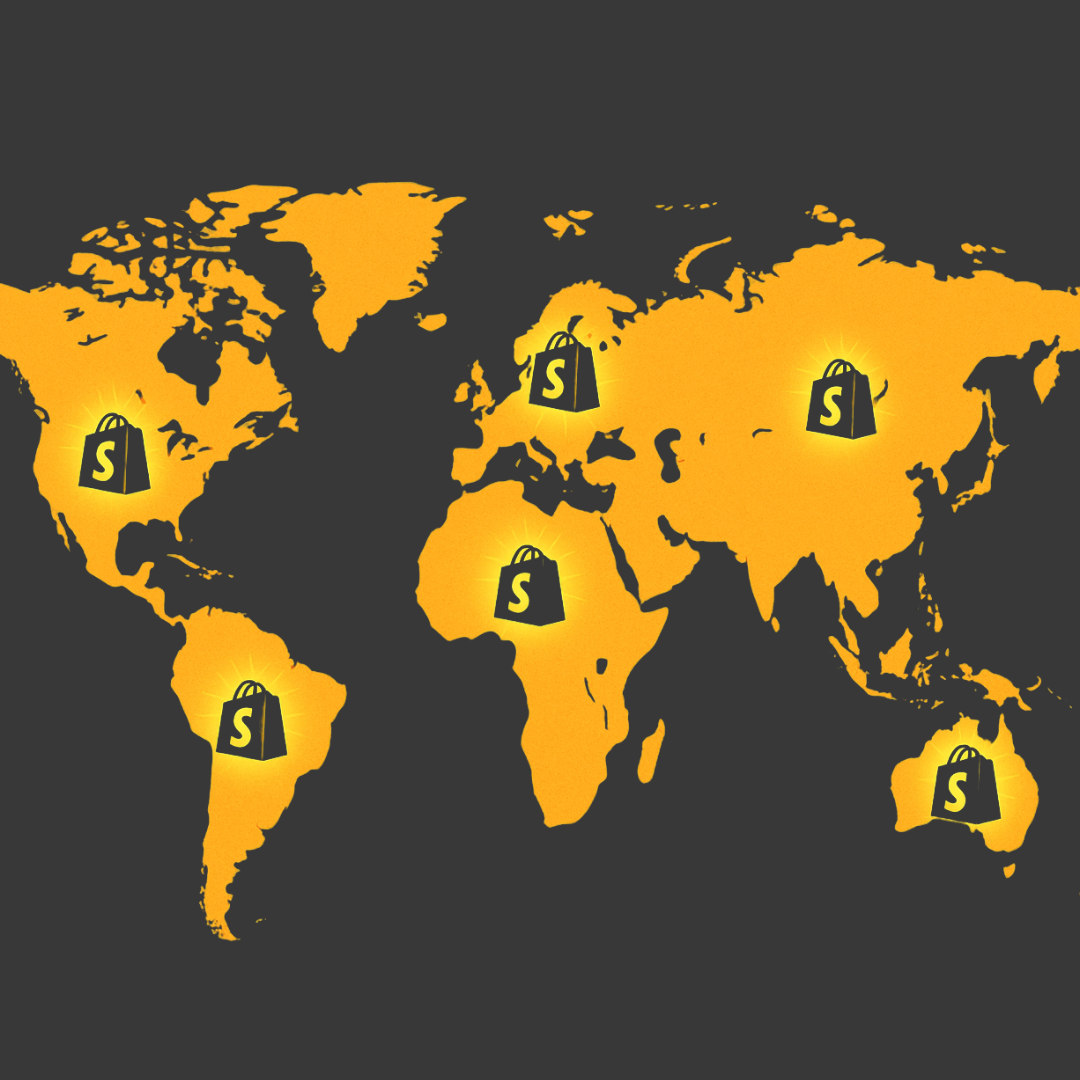When Shopify launched back in 2006, it wasn’t exactly thinking about bulk orders of industrial cleaning supplies, medical devices, or the latest streetwear collection being sold to boutique retailers. The company was laser-focused on direct-to-consumer (DTC) brands, small businesses and scrappy entrepreneurs getting online fast.
Actually, in case you’re interested, it was all about snowboarding. Shopify began in 2004 when Tobias Lütke, Daniel Weinand, and Scott Lake wanted to sell snowboards online under the brand “Snowdevil.” At the time, eCommerce platforms were clunky and rigid. Lütke, who had a background in coding, decided to build his own eCommerce software from scratch using Ruby on Rails, a decision that was unusual at the time but gave Shopify its flexibility and scalability.
By 2006, they pivoted away from selling snowboards and launched Shopify as a platform so other merchants could build their own online stores.
That bet paid off.
Fast forward to 2025, and Shopify is no longer just the platform for the garage startup. It’s quietly but steadily built out B2B muscle. And if you’re running a mid-market or enterprise brand today, the question isn’t whether Shopify can handle wholesale; it’s how far you can push it before you start hitting limits.
This post will unpack where Shopify’s B2B features stand today, how we got here, where the cracks still show, and what best practices leading brands are using to make wholesale work on Shopify.
From DTC Darling to B2B Contender
Shopify’s history with wholesale has been, let’s say… a slow dance. For years, the primary option was the Shopify Plus Wholesale Channel, a separate portal with clunky design limitations and few integrations. It worked, but it felt like a side project.
Then, in 2022, Shopify rolled out B2B on Shopify, a more integrated approach where wholesale buyers could log in, see custom pricing, and place orders right within the same storefront experience. This marked the start of Shopify taking wholesale seriously.
By 2025, this has matured into a fairly robust set of features for brands running dual DTC + B2B operations under one roof. And let’s face it, that’s the reality for most growing eCommerce brands today.
Why B2B Matters More Than Ever
B2B eCommerce isn’t a niche anymore. Wholesale and business buyers now represent a massive share of revenue for mid-market and enterprise brands. According to Digital Commerce 360, B2B eCommerce sales in the U.S. are growing faster than B2C.
For brands, wholesale offers stability (recurring orders), scale (big-ticket AOVs), and access to new markets (retail partners, distributors). In an environment where CAC is climbing and DTC margins are under pressure, B2B is no longer optional. It’s a growth engine.
And Shopify knows it. That’s why the company has poured resources into making its platform friendlier for buyers who don’t care about your TikTok campaign but very much care about whether they can place a 500-unit restock order at 2 AM without calling your sales team.
Shopify’s B2B Capabilities in 2025
So what’s possible today? Let’s break it down:
1. Company Profiles & Buyer Accounts
You can now create company profiles with multiple buyers attached, assign roles, and manage payment terms (net 30, net 60).
Example: A beverage brand selling sparkling water to regional grocery chains can set up “Midwest Foods Inc.” as a company profile. The buyer from procurement, the regional warehouse manager, and the finance officer can each have their own logins, with the finance team seeing invoices and the buyer reordering pallets.
2. Custom Pricing and Catalogs
Shopify supports customer-specific price lists, volume discounts, and product visibility rules. Buyers see exactly what’s meant for them, no more, no less.
Example: A cosmetics brand can show wholesale buyers a curated catalog of bulk SKUs (100-unit lipstick packs) at a discounted rate, while hiding DTC bundles. Different pricing tiers can be set for boutique salons vs. national retail chains.
3. Draft Orders and Invoicing
Sales teams can create draft orders, send invoices, and accept bank transfers or checks.
Example: A furniture manufacturer selling to interior design firms can generate a draft order for 30 custom chairs, email the invoice, and accept ACH payment, all without leaving Shopify.
4. Integrations and APIs
Shopify Plus merchants can integrate ERPs, inventory systems, and EDI via APIs and app partners.
Example: An electronics brand running SAP can sync Shopify orders directly into their ERP for inventory updates and logistics, ensuring their wholesale distributors always see accurate stock levels.
5. Unified Storefronts
B2B customers now shop the same storefront as DTC customers, just with their pricing, terms, and products.
Example: An apparel brand’s Shopify store might look the same whether you’re a consumer buying one hoodie or a boutique retailer ordering 200 for the season, the backend customizes the pricing and catalog, while the frontend branding stays consistent.
Where Shopify Still Falls Short (and Why We’re Still Huge Fans)
Shopify B2B is powerful, but let’s not pretend it’s perfect. Here are the friction points we see most often:
- Complex Pricing Logic: Tiered discounts, contract-specific pricing, and nuanced customer groups often require workarounds or third-party apps.
- Advanced Workflows: Approval chains, quoting systems, and budget controls aren’t native yet. These are must-haves for enterprise-grade B2B.
- Integration Pain Points: ERP, inventory, and EDI integrations can still feel like forcing a square peg into a round hole without serious dev resources.
- UX for Buyers: Wholesale buyers expect a punchy, transactional experience (fast reordering, CSV uploads). Shopify feels like it’s still learning how to design for this user.
Here’s the thing: we love Shopify, and we’re talking Taylor Swift levels. And for every shortfall above, we’ve found ways to mitigate at least 80% of it, whether through apps, customization, or smart process design. Shopify’s flexibility and ecosystem mean these aren’t dead ends, they’re just challenges to navigate.
Best Practices for B2B on Shopify
Here’s what we recommend for brands serious about wholesale:
1. Invest in Customization
Out-of-the-box Shopify B2B is solid, but mid-market and enterprise brands almost always need customization.
Example: An industrial equipment supplier added a custom quick-order grid so buyers could reorder hundreds of SKUs in minutes instead of hunting through product pages.
2. Leverage Apps Strategically
From pricing logic to quoting, apps can fill critical gaps. Just be selective. Too many apps = fragile workflows.
Example: A fashion brand uses a specialized app for contract pricing tiers so its wholesale partners in Europe automatically see negotiated rates without manual invoicing
3. Prioritize Buyer UX
B2B customers don’t care about lifestyle imagery. They want speed.
Example: A food distributor built a CSV upload feature so restaurants could submit large weekly orders straight from their own inventory sheets. It’s not sexy, but it’s sticky.
4. Plan Integrations Early
Don’t bolt on ERP/EDI later. Map your workflows upfront and bring in experienced integration partners.
Example: A home goods brand integrated Shopify with Netsuite from day one of their wholesale expansion, preventing messy double-entry and giving their ops team confidence in inventory data.
5. Keep Sales Teams in the Loop
Wholesale still runs on relationships. Train your sales team on Shopify’s draft orders and B2B features so they can bridge gaps when tech falls short.
Example: A skincare company empowered its sales reps to create draft orders during trade shows, turning “let me email you later” into closed deals on the spot.
Why We’re Excited About the Future of Shopify B2B
Shopify has signaled that B2B is a priority, and we expect to see:
- More Native Pricing Logic (complex volume breaks, contract pricing).
- Deeper ERP & EDI Integrations (fewer duct-taped solutions).
- Better Reorder UX (quick-order tools, repeat purchase flows).
- Global B2B Expansion (multi-language, multi-currency improvements).
The trajectory is clear: Shopify wants to be the platform where DTC and B2B converge seamlessly. It’s not there yet, but it’s moving fast.
And honestly, we’re really, really excited. Shopify in 2025 is no longer “just” a DTC platform. It’s a credible home for B2B eCommerce, especially for brands that value running DTC and wholesale on the same rails.
That said, it’s not a silver bullet. If you’re running complex B2B workflows, you’ll need to budget for customization, integrations, and operational change.
The brands winning on Shopify right now aren’t just turning on B2B, they’re rethinking how wholesale should work in a digital-first world. And that’s where we come in: to help you cut through the noise, architect the right solution, and build B2B operations that actually scale.




